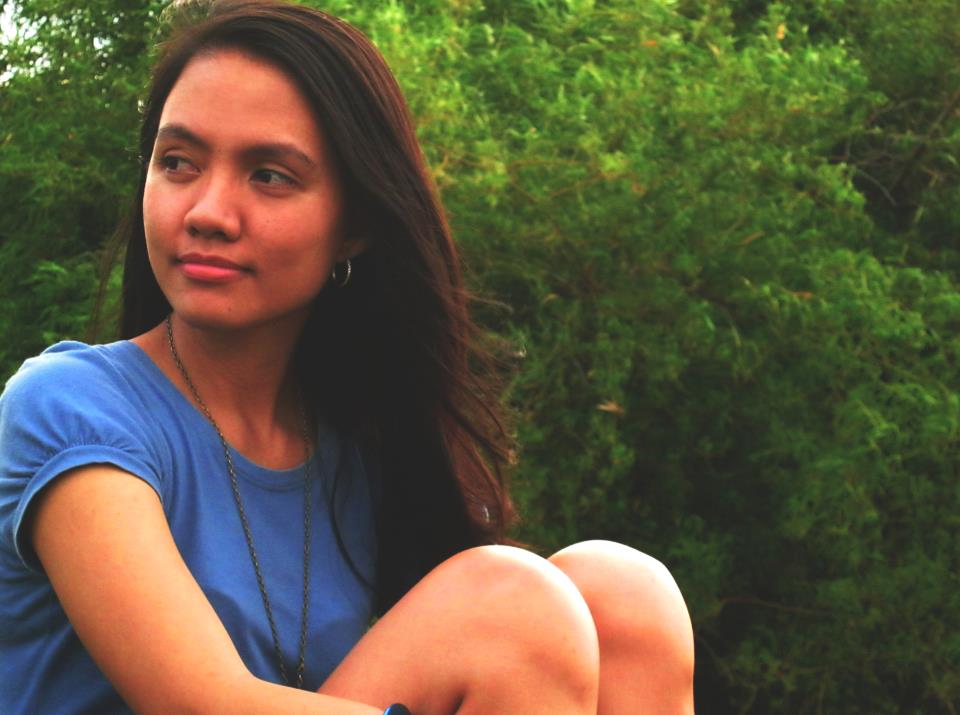I've been meaning to write this review a long time ago but it's just impossible for me to come up with a well-organized article because my thoughts are everywhere. Gawd, being a hands-on-mama without a helper is indeed hard.
Anyway, I'll be writing about the only baby carrier we got (as of this writing) - the SaYa SSK (Semi Stretch Knit) Carrier.
I learned about various types of carriers particularly ring sling and wraps through my co-workers and discovered about the nbc (narrow-based carriers) and ergonomic carriers when I became a member of Baby Wearing Philippines Facebook page. Also, through the page, I learned about pouch and was introduced to SaYa. Not keen on using wraps because I find them complicated nor ring sling because I don't know why 😁, I went for SaYa.
SaYa carriers come in two types, the Verbatek (VTB) and Semi-Stretch Knit (SSK).
While browsing babymama.ph, I was torn between the Verbatek Blend (Php 1400) and Semi-Stretch Knit (Php 950) but I purchased the latter because I think its cloth is cooler than the former. VTB is made of 80% nylon and 20% spandex while SSK is made of 95% cotton and 5% spandex.
I started wearing my son around two months old although others claim to have started as early as two weeks. Maybe I could have started early too but I simply wasn't confident with my babywearing skills back then. Besides, I felt that a baby's body was so fragile and I was afraid of breaking his bones while I was learning to babywear him. 😃
A SaYa baby carrier comes with two slings; the lead and support. Based on the instruction manual, there are five positions in which you can wear your child using this type of carrier; duyan (modified cradle hold), sakay (hip/side carry), yakap (hug carry), lakbay (back carry) and tangan (Buddha/kangaroo carry). As much as I want to try all these positions, I just didn't have the patience to learn and get used to them so we stuck to the easiest for us - yakap or the hug carry. So basically, this article will only tackle that particular position.
Instruction from the Manual
The Primary Pouch Method
- Make sure the seam of the LEAD SLING is aligned with your belly button. Hold your baby in a vertical position facing you.
- Move him into the pouch of the LEAD SLING in an upright position. If baby is still small, you may do a newborn tuck but if baby is bigger, the legs could be hanging out already. Make sure there is enough fabric in front and in the back of the baby to ensure that he is correctly placed in the pouch seat.
- Place SUPPORT SLING on support shoulder. Spread its fabric to reinforce the LEAD SLING.
The Thread and Spread Method
- Place SUPPORT SLING on support shoulder. The two slings should now be crossing each other. Position the seam at the center of your chest.
- Hold your baby in a vertical position facing you. Thread a leg of your baby in the LEAD SLING. Spread the fabric of the LEAD SLING as widely as possible across baby's back and beneath his bottom.
- Thread the other leg in the SUPPORT SLING. Spread the fabric of the SUPPORT SLING as widely as possible across baby's back and beneath his bottom as well. Securely tuck baby in this position; check that the sling has an overlapping crossover neckline. If possible, tuck baby's arms and shoulders inside the slings.
- You may want to tie a stabilizer around your waist and spread vertically as wide as possible to serve as another layer of safety.
The procedure looks complicated and requires lots of practice but when you get the hang of it, you will be able to wear your child in less than five minutes.
I love that this carrier is lightweight, thus not adding more strain to the wearer's shoulders and back. It is not bulky as well. It doesn't take too much storage space nor cumbersome to carry when you go out. You can easily place it inside your bag when not in use.
This carrier can be trusted when it comes to comfort and breathability. Given that SSK is made of 95% cotton fabric, I think it is cooler than the VTB. I've tried wearing my son one hot day and it's tolerable so far (but it was back then when he was only a few months old and less active). On a less warmer day, he even fell asleep while I was wearing him. By the way, it is easier to put him to sleep with this carrier so I think that is how comfortable SaYa is for him.
While I love our SaYa SSK carrier, there are a couple of things I am not too happy about it. First, it digs on my shoulders now that my son has grown bigger. My son weighs 10 kilograms and my shoulders are complaining less than 30 minutes of wearing him. Unlike before in which I can wear him for hours without feeling any pain. Second, it started to sag now that my son is heavier. I would often need to adjust the carrier just so we can achieve the proper placement. I learned that this is one of the disadvantages of SSK over VTB. VTB's fabric, as what I have read in forums and reviews, is more durable and less likely to sag compared to SSK.
Overall, SaYa SSK is a well-loved carrier during the first 10 months of my son's life. We use it often, be it at home or when going out. It makes my life more comfortable and it enables me to do some chores like hanging the laundry and sweep the floor. It even enabled me and my son to commute from our town to the city (around 45 minutes jeepney ride). I use this as nursing cover as well.
But despite our love for this carrier, I have decided to shift to SSC (soft-structured carrier) for its padded shoulder straps (the new carrier is on its way!). Additionally, my husband (or anyone I am with) can also use the SSC since the straps are adjustable. Unlike with SaYa wherein I am the only one (or anyone who is as big as me) who can use this carrier.
I'm not planning to let this go though even when the new carrier arrives. I will be using this once in a while as alternate to the SSC.
* Will add more photos especially action shots as I can't find a post-worthy one as of the moment.






No comments